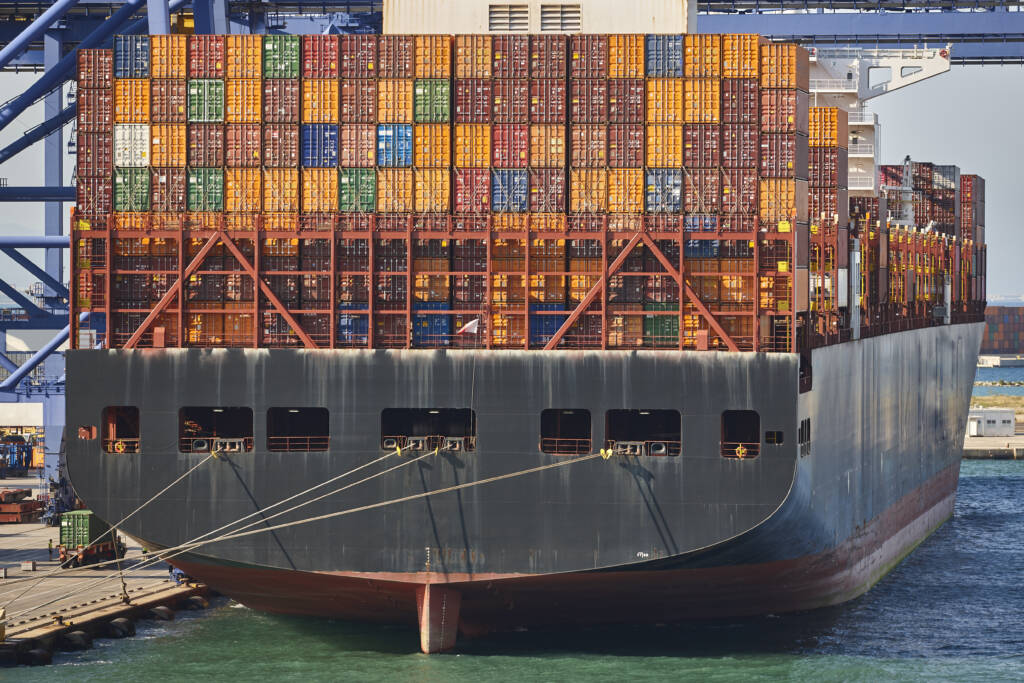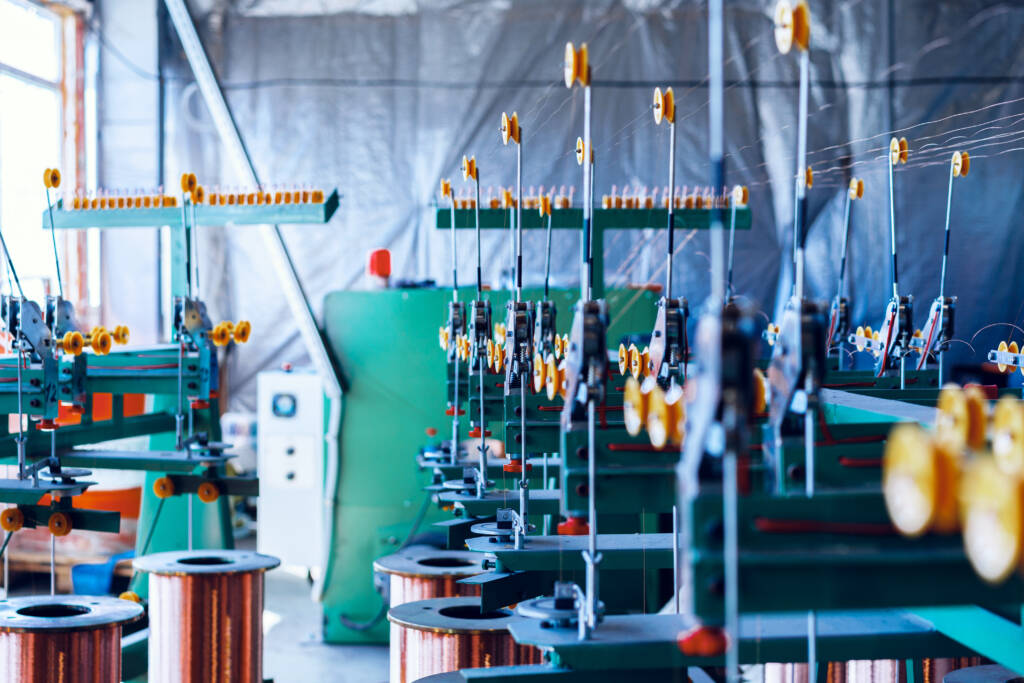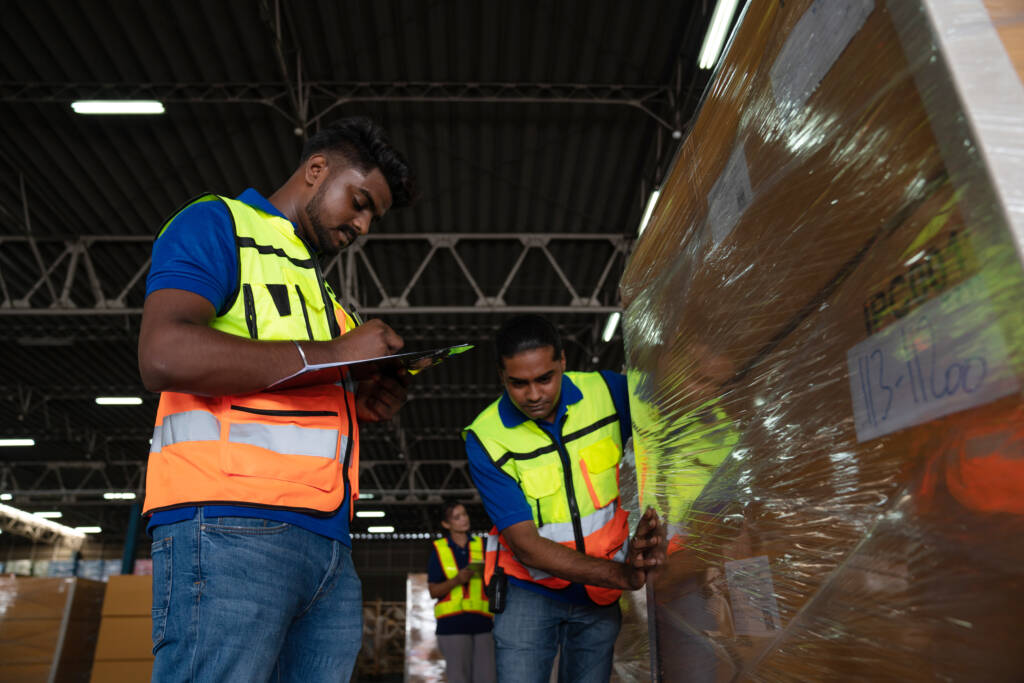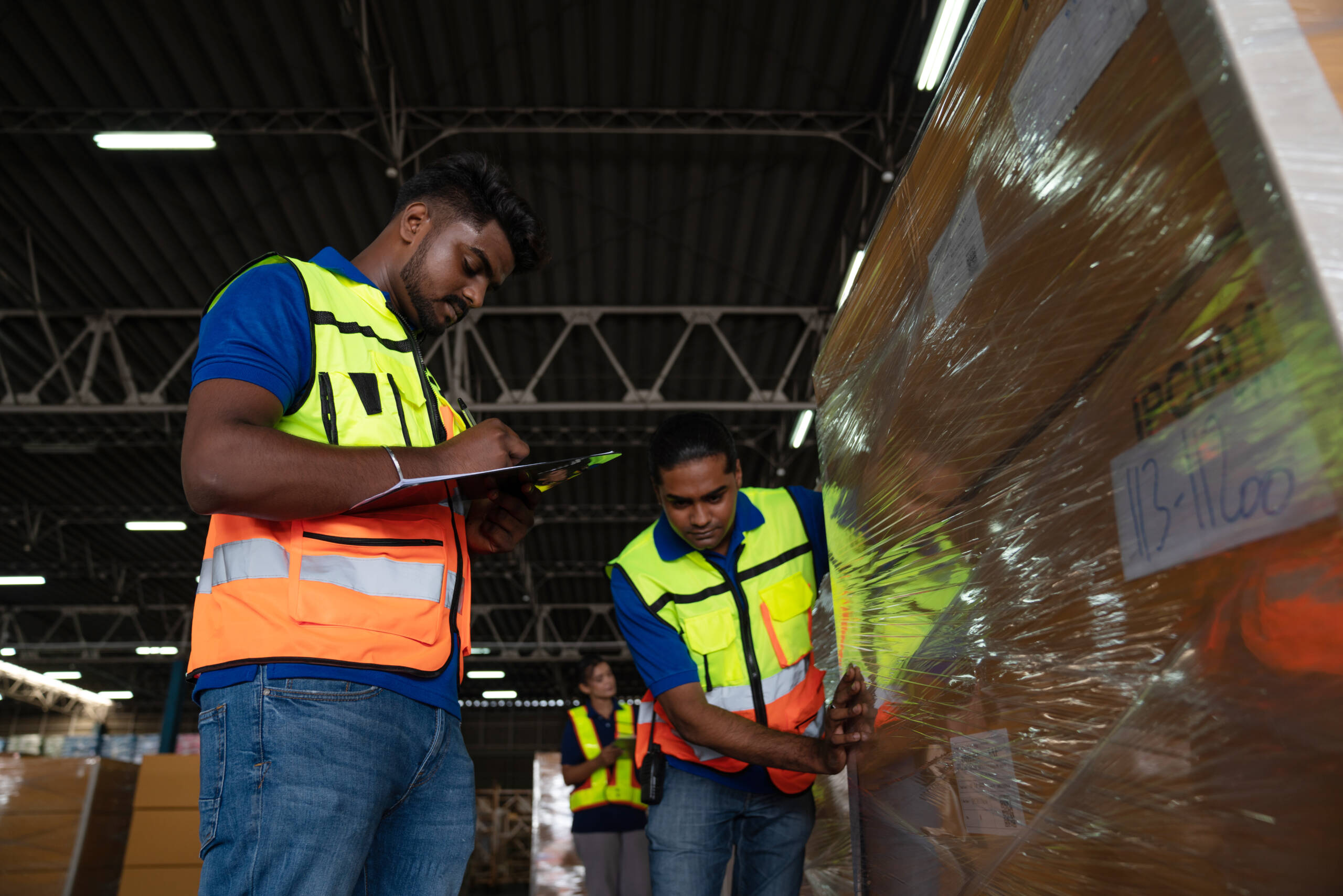Sri Lanka’s Export Sector: Resilience and Strategic Evolution
Sri Lanka’s export sector, a cornerstone of its national economy, continues to demonstrate remarkable resilience amidst a confluence of global and local challenges. As a key sourcing hub for Apparel and Industrial Exports, understanding its unique dynamics is crucial for B2B partners. While the nation faces certain headwinds, strategic initiatives and inherent strengths offer significant opportunities for growth and value creation. Sri Lanka’s export performance encapsulates the broader challenges of global trade, including the impact of tariffs, geopolitical shifts, and climate change. However, it also highlights the efficacy of strategic local investments, such as the Eravur Textile Zone, and inherent strengths like ethical manufacturing. This duality provides a compelling narrative for B2B partners regarding both risk management and value addition in their supply chains.
Apparel: Sustaining Growth and Enhancing Value
2024 Performance: Growth Drivers and Market Diversification
Sri Lanka’s apparel export earnings demonstrated robust performance in 2024, achieving nearly 5% year-on-year growth to reach USD 4.7 billion. When combined with direct exports of textiles, the overall export value surpassed USD 5 billion.16 This performance underscores the industry’s resilience despite various local and global challenges. Exports to the United States, which remains Sri Lanka’s largest apparel destination, grew by 5.23% to USD 1.9 billion in 2024, although this figure remains below 2019 levels, indicating potential for further recovery.16 Growth in exports to the United Kingdom was particularly strong, increasing by 7.65% and nearing parity with 2019 levels. This robust performance was significantly aided by sustained demand for ethically and sustainably manufactured garments.16 While growth in the European Union market was more modest at 0.81%, the sector successfully maintained its foothold in a highly competitive and increasingly regulated environment.16 Furthermore, exports to other emerging markets showed a significant increase of 10.13%, demonstrating both new market penetration and a growing trend for the industry to label, pack, and ship directly to third countries on behalf of its customers.16
The strong growth in the UK market, driven by demand for ethical and sustainable garments, highlights a key competitive advantage for Sri Lanka beyond just cost. The UK market’s specific demand for ethical and sustainable products transforms Sri Lanka’s sustainability credentials from a general positive into a direct market driver. For apparel buyers and distributors, this implies a strategic opportunity to market Sri Lankan garments not just on quality or price, but on their strong ethical and environmental provenance, appealing to a growing segment of conscious consumers and retailers in the UK and EU.
The Eravur Textile Zone: A Catalyst for Traceability and Efficiency
The Eravur Textile Zone, a landmark project spanning over 300 acres, is poised to significantly enhance the Sri Lankan apparel industry’s long-term recovery and competitiveness.16 This dedicated zone is designed to facilitate localised fabric production, allowing manufacturers to establish textile dyeing, washing, knitting, and weaving plants within the country.16 This localisation is expected to yield substantial benefits, including significant foreign exchange savings for Sri Lanka, reduced production lead times, and an enhanced value proposition for Sri Lankan exports to global buyers.16 Crucially, the Eravur Textile Zone directly addresses the increasing demand from global buyers for greater traceability and sustainability within their supply chains.16
The Eravur Textile Zone represents a strategic, long-term investment in vertical integration that directly addresses two major global B2B procurement trends: the demand for supply chain traceability and verifiable sustainability. This initiative strengthens Sri Lanka’s position as a preferred sourcing destination for discerning buyers. Localised fabric production, through vertical integration, directly mitigates risks associated with long, fragmented supply chains, such as geopolitical disruptions. For B2B apparel partners, Eravur is not just a local development; it is a strategic advantage that offers enhanced supply chain control, reduced lead times, and verifiable sustainability credentials. This allows them to offer products with a higher value proposition in markets increasingly demanding transparency and ethical production.


Addressing External Pressures: Tariffs and Global Competition
Despite the overall export growth observed in 2024, Sri Lanka’s apparel and textile exports experienced a slight decrease of 0.38% year-on-year in May 2025.17 The Sri Lankan apparel sector faces potential losses ranging from USD 110 million to USD 290 million due to recently imposed high US tariffs, which, even at an adjusted 30% rate, keep Sri Lankan products priced above those from regional competitors like Vietnam and India.18 Given that the US accounts for nearly 40% of Sri Lankan garment exports, these new tariffs present a significant challenge. Forecasts suggest that apparel export volumes could decline by 10-15% as American orders shift to other countries, potentially leading to sector losses of up to USD 290 million in the short term and an 11% decline in employment within the industry.18
The US tariffs highlight the vulnerability of export-dependent economies to protectionist trade policies. This situation underscores the importance of market diversification and value-added strategies to mitigate reliance on single markets or price-sensitive segments. This external pressure forces a strategic pivot for Sri Lankan exporters and their partners. It is not solely about losing market share, but about the imperative to diversify export destinations and to focus on higher-value products or segments where price sensitivity is lower, potentially offsetting the impact of tariffs.
Industrial Products (Rubber & Coir): Overcoming Challenges for Future Stability
Analysing Recent Export Declines and Underlying Factors
Export earnings from Rubber and Rubber finished products in Sri Lanka decreased by 9.33% year-on-year in May 2025 17 and by 8.15% in January 2025.19 A significant contributor to this decline was the poor performance in exports of Pneumatic & Retreated Rubber Tyres & Tubes, which saw a 33.71% drop in January 2025, with exports of these products to the USA specifically decreasing by 31.7% in the same month.19
Several factors have contributed to this decline. These include the impact of Trump-era tariffs, broader geopolitical uncertainties, and adverse weather conditions, such as continuous rainfall hampering domestic tapping and auction activity.20 Additionally, a persistently weak Chinese rubber market, driven by macroeconomic uncertainty and soft demand, has played a role.20 The softening demand in the global automotive sector, which accounts for nearly two-thirds of the world’s natural rubber consumption (primarily for tyre production), has also contributed to the downturn.21
The confluence of geopolitical, economic, and climate factors impacting Sri Lanka’s rubber exports illustrates the interconnectedness and fragility of global commodity supply chains. For industrial partners, this necessitates a multi-pronged risk mitigation strategy beyond just sourcing. This is not a single issue but a complex interplay of macro-economic, geopolitical, and environmental factors. For industrial partners, this means that reliance on single markets or single sourcing regions is highly risky. A robust strategy must include market diversification to reduce tariff impact, exploring value-added processing to increase margins, and building resilient supply chains that account for climate variability and geopolitical shifts.
Strategic Responses: Diversifying Markets and Value-Added Production
Despite the recent challenges, Sri Lanka has set an ambitious target to achieve US$2 billion in rubber and rubber products exports by 2030.20 The industry is actively grappling with structural shifts, demonstrating a clear intention to adapt to global market changes. This involves steering capital towards higher-value transformation and sustainable energy initiatives within the sector.20 This ambitious export target and the shift towards higher-value transformation signal Sri Lanka’s proactive stance in adapting to global market changes. This creates opportunities for B2B partners seeking long-term, strategic investments in a market committed to evolving its industrial capabilities. This signals a move away from raw material export towards processed, value-added products. For B2B partners, this implies potential opportunities in sourcing more sophisticated rubber products or investing in joint ventures for manufacturing within Sri Lanka, aligning with the country’s strategic direction.

Lorem ipsum dolor sit amet, consectetur adipisicing elit, sed do eiusmod tempor incididunt ut labore et dolore magna aliqua. Ut enim ad minim veniam, quis nostrud exercitation ullamco laboris nisi ut aliquip ex ea commodo consequat. Duis aute irure dolor in reprehenderit. Lorem ipsum dolor sit amet, consectetur adipiscing elit.
Etiam vitae leo et diam pellentesque porta. Sed eleifend ultricies risus, vel rutrum erat commodo ut. Praesent finibus congue euismod. Nullam scelerisque massa vel augue placerat, a tempor sem egestas. Curabitur placerat finibus lacus.


